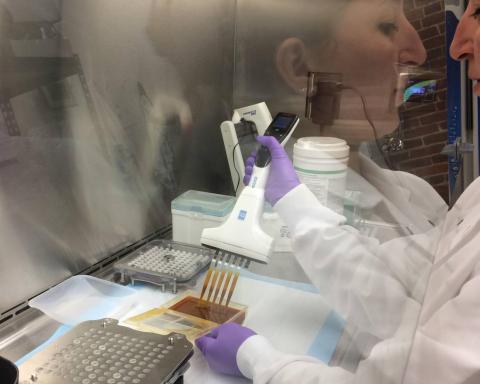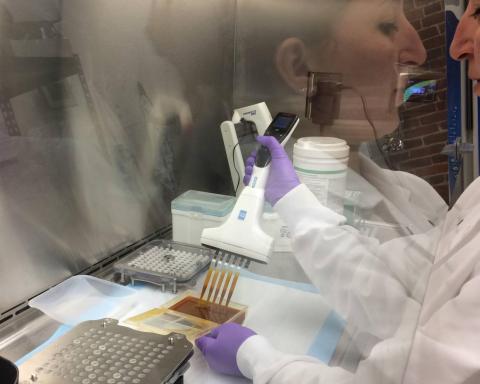Transplanting faeces from elite athletes improves metabolic parameters in mice
A team from France has studied the intestinal microbiota of elite athletes with high aerobic capacity (footballers and cyclists). The data indicates that they have less bacterial diversity and that the transplantation of faeces from athletes to mice improves metabolic parameters such as insulin sensitivity and glycogen deposits in the muscles. The results are published in the journal Cell Reports.

Rosa del Campo - microbioma atletas EN
Rosa del Campo
Researcher at the Ramón y Cajal Hospital and member of the Specialised Group for the Study of the Human Microbiota of the Spanish Society of Infectious Diseases and Clinical Microbiology (SEIMC-GEMBIOTA)
This is an interesting piece of work and it puts forward a hypothesis that has already been explored in previous studies: whether the intestinal microbiota can contribute to the success of elite athletes. Some time ago, a relationship was seen between lactate levels (produced by the muscle and which limits physical fatigue) and bacterial content, and even anti-doping control was considered (doping with bacteria against muscle fatigue).
In the current article, the aim is to see if there are differences in the composition of the microbiota (what bacteria are present) and in its functionality (what those bacteria are doing). To see this, they have made three groups: non-athletes, elite football players and high-performance cyclists. Depending on the group, we can see that people have different microbiotas in terms of their composition.
Curiously, the more sport, the lower the diversity of the intestinal microbiota, and this is associated with an unhealthy condition, but it is also justified by the specialisation of these bacteria in the intestine. But what is more striking is when they evaluate the ability to reproduce this in mice. To do this they have taken people at opposite ends of the spectrum, non-athletes and very athletic people, and have transplanted their faeces to mice for several days, verifying that the mice have bacteria similar to the people. The results in mice indicate that the capacity for aerobic effort in mice is conditioned by the microbiota and this is fundamentally due to the consumption of glycogen, good control of sugar and production of short-chain fatty acids, which are fats that only bacteria produce.
The study has been published in a very demanding journal and the data provided by the researchers is solid.
The relationship between microbiota and physical condition has long been suspected, but this only applies to elite athletes, not to the usual daily exercise of a non-athlete.
Like all microbiota studies, we never know which came first: whether elite athletes are like that because of their bacteria or whether the bacteria of athletes adapt to the situation of physical exertion. Another important limitation is that only one stool sample per person is studied and it's like having a still frame instead of a whole film. They should be longitudinal studies in which people could be followed to reach solid conclusions.
David Martin et al.
- Research article
- Peer reviewed
- Animals



